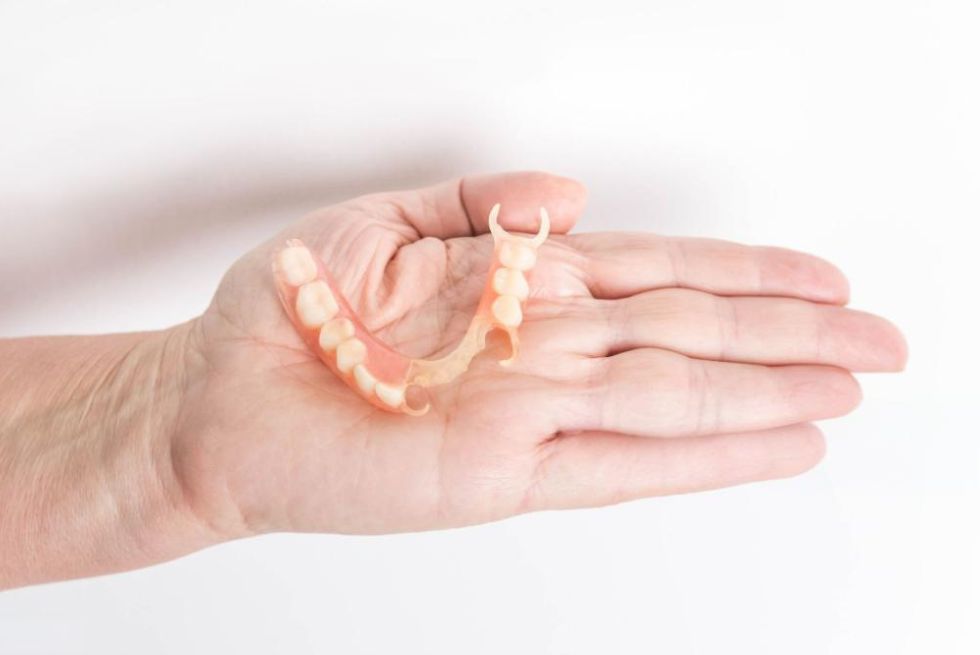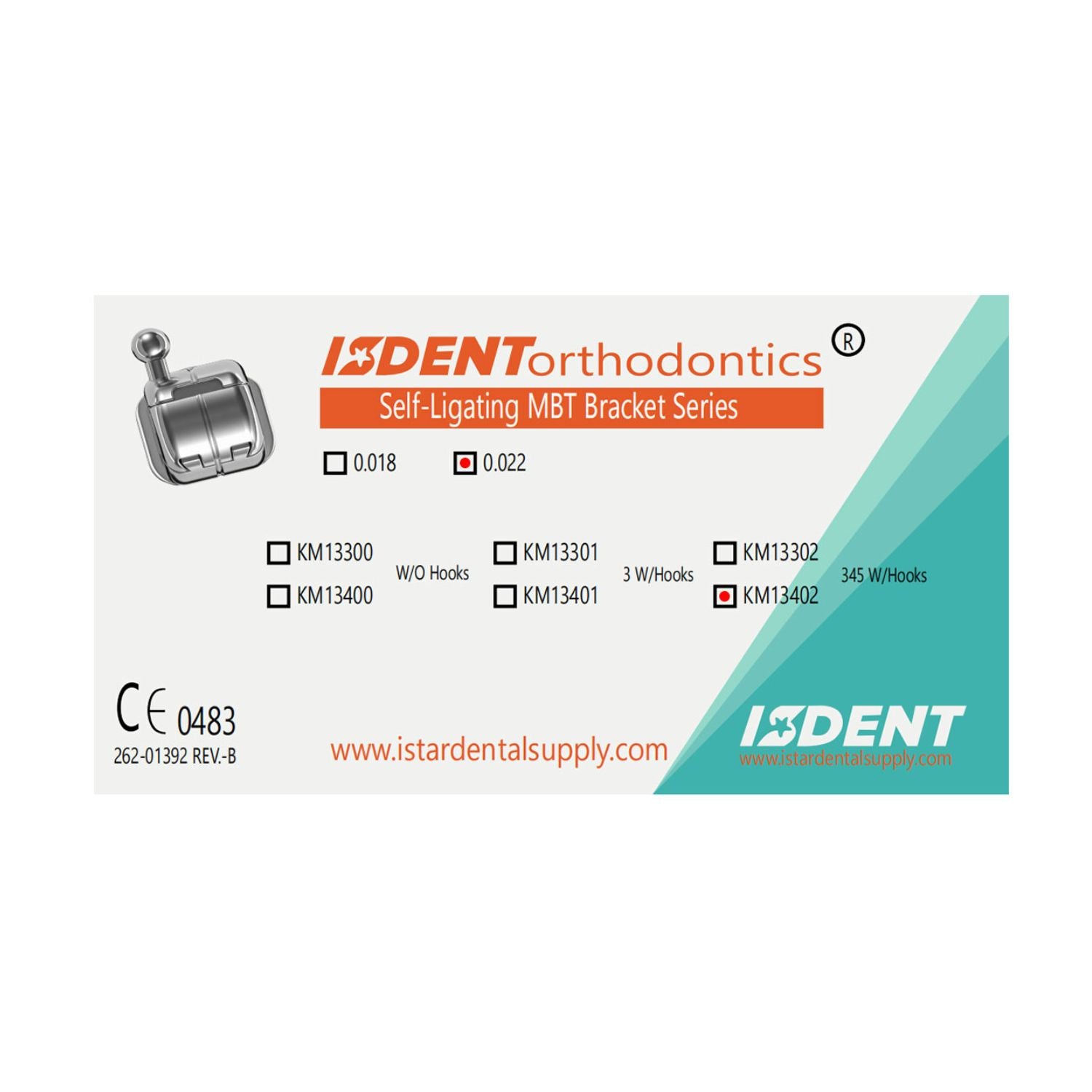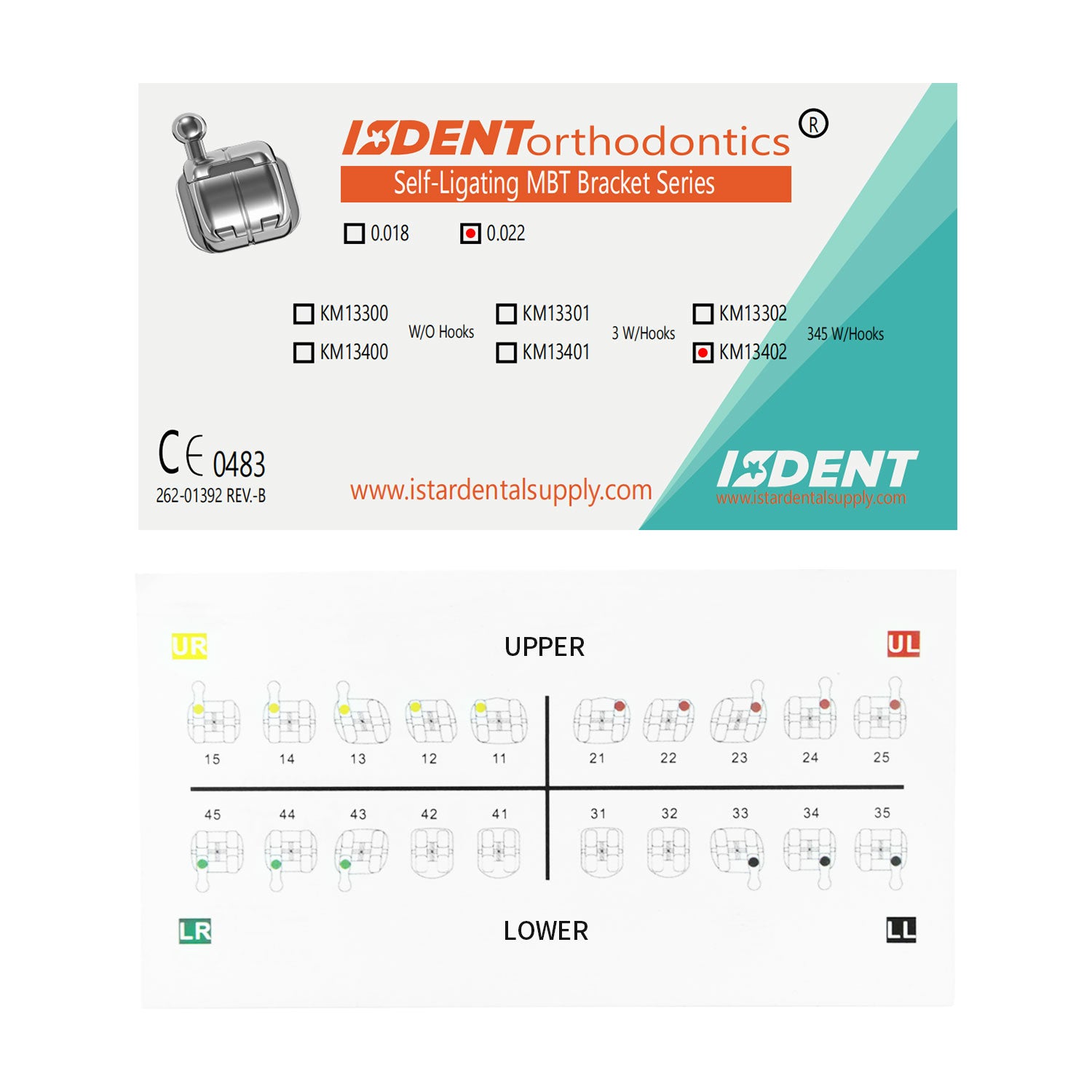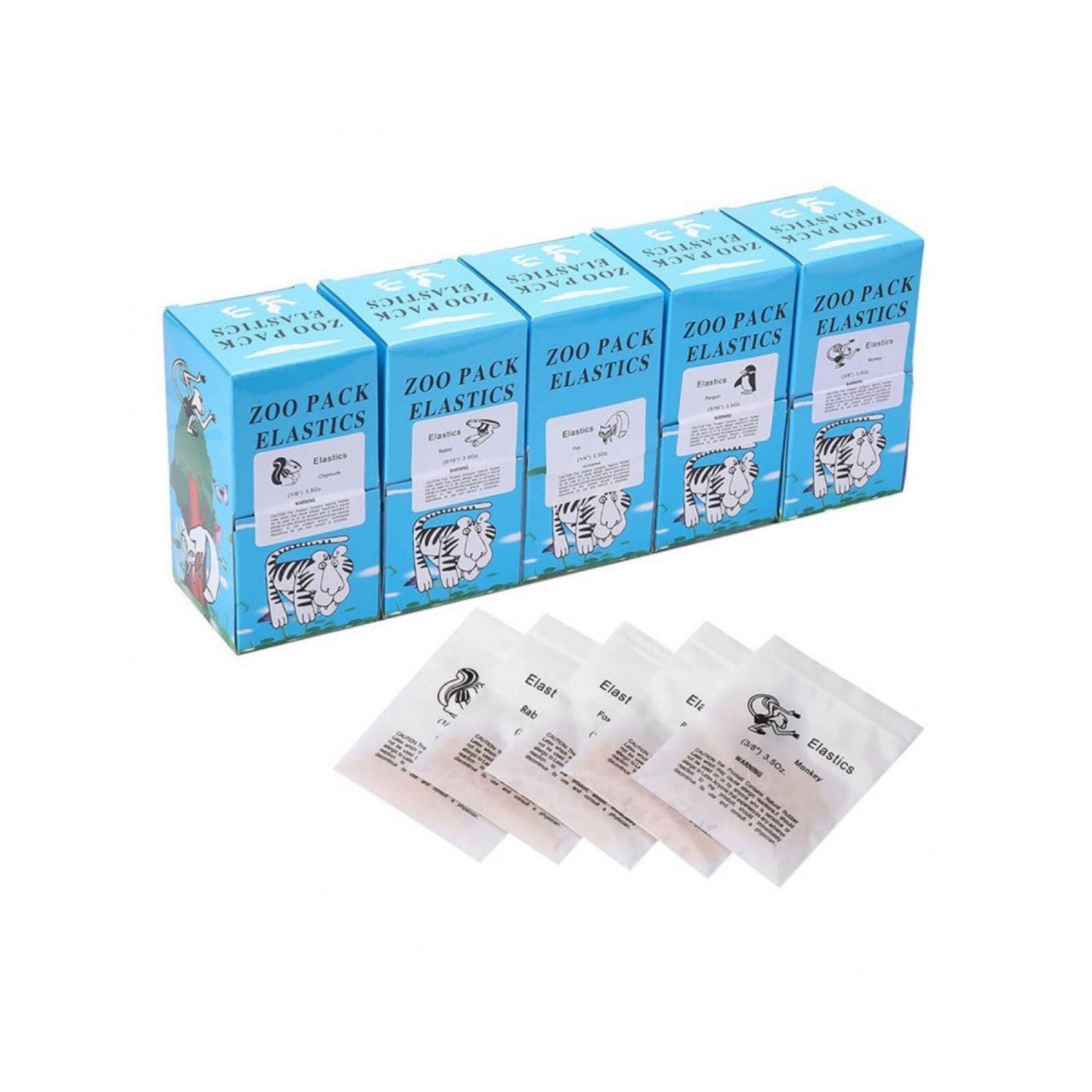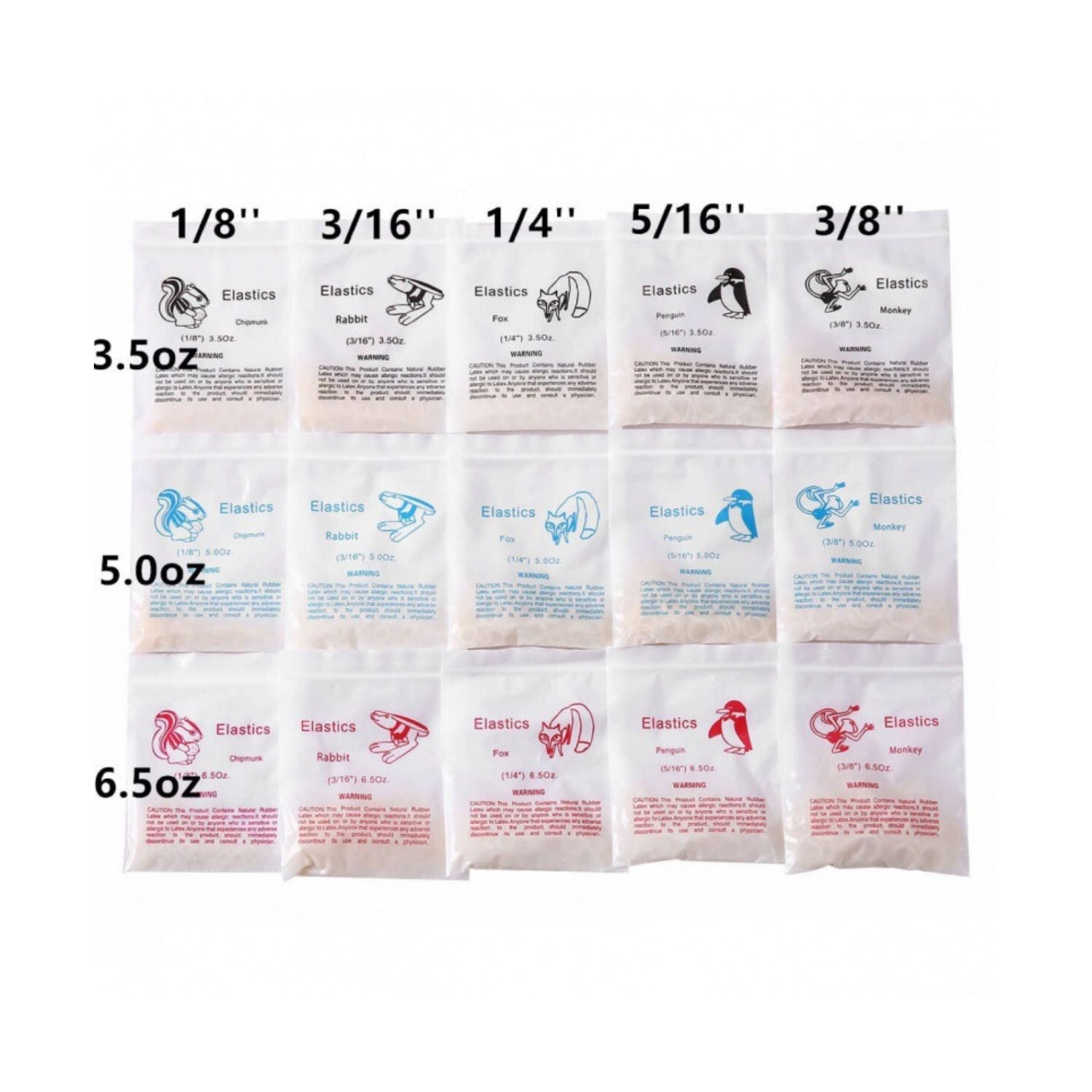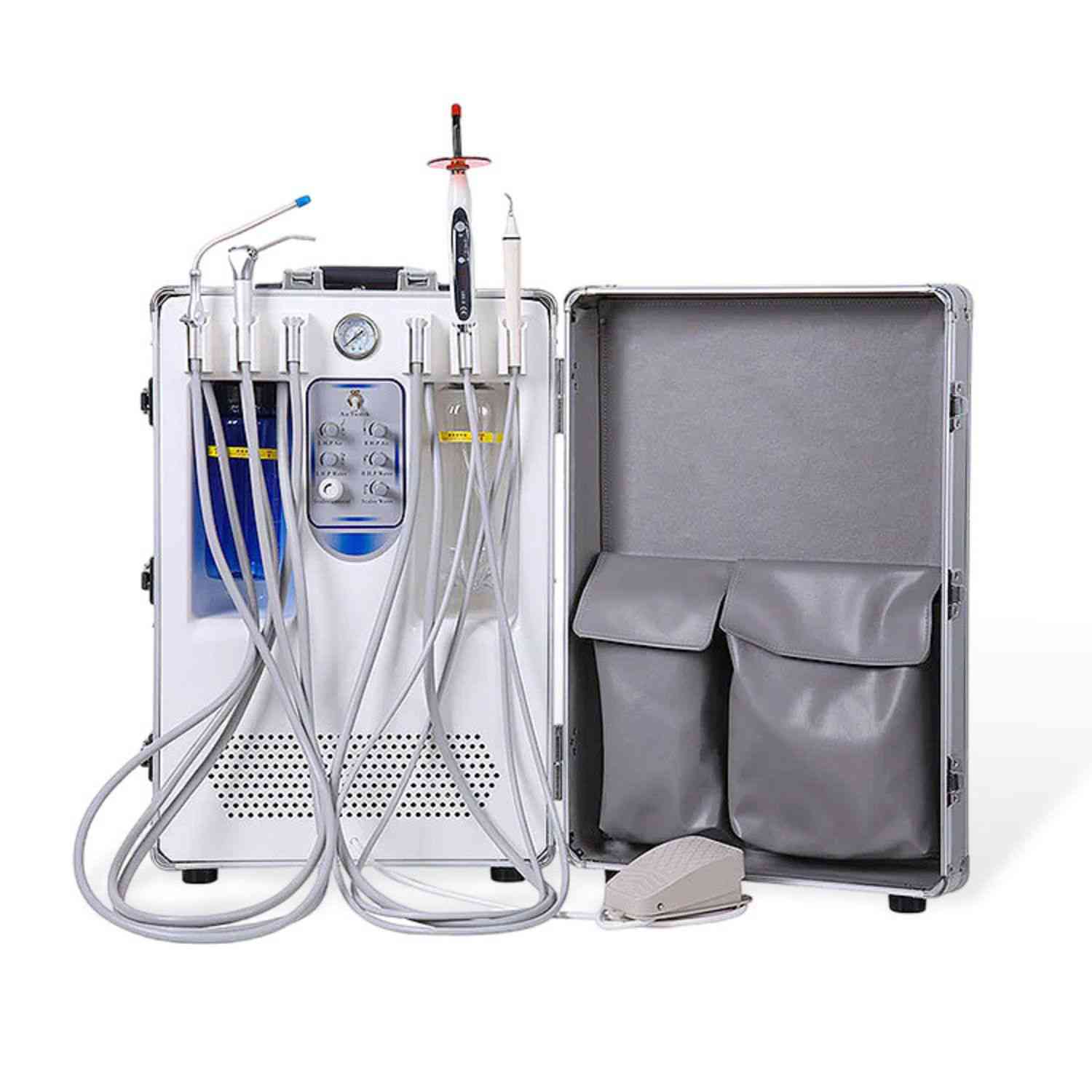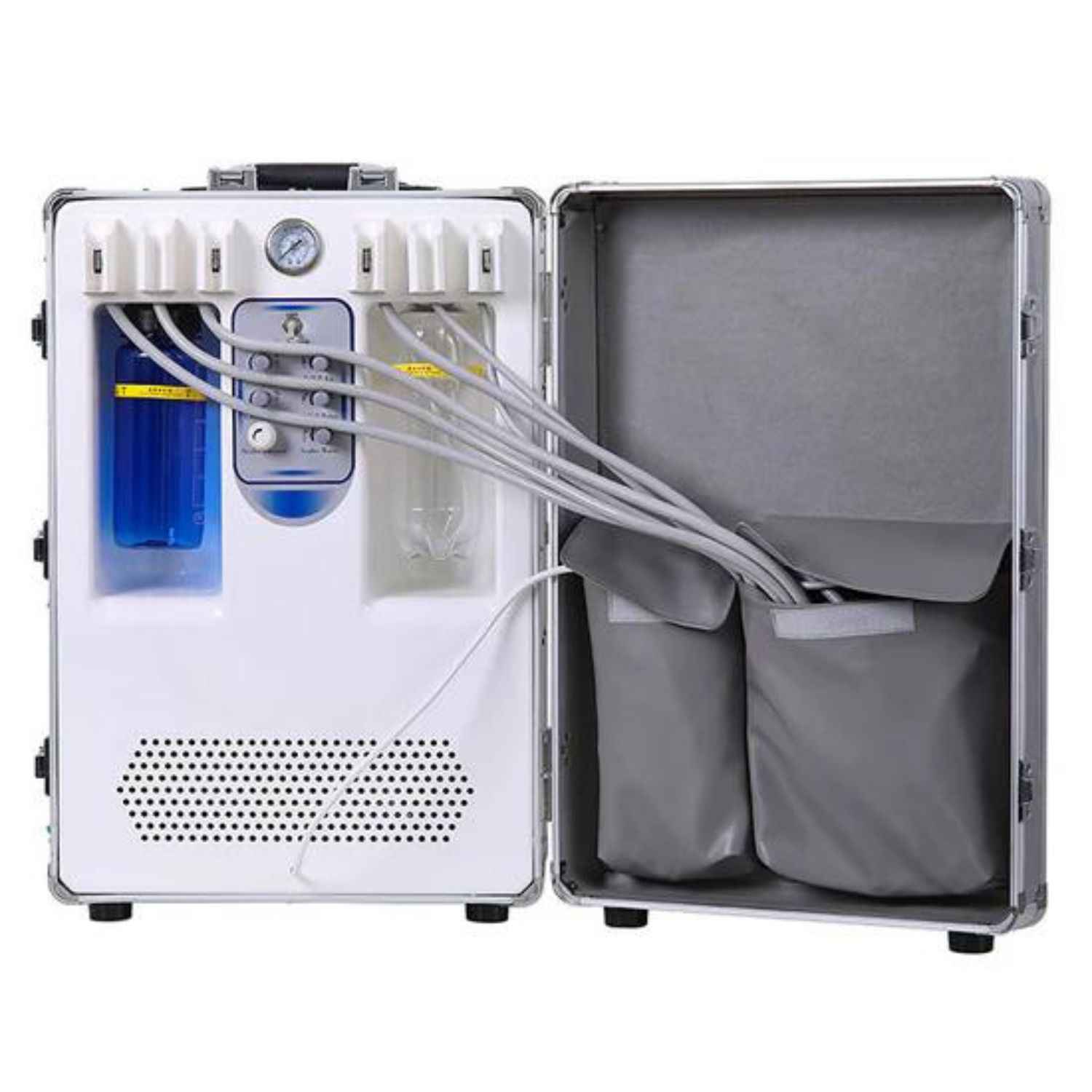Your Guide to Maxillary Partial Dentures: When is a Partial Denture Right for Your Missing Upper Teeth?
This article is your simple guide to understanding partial dentures for your upper teeth. We will talk about what they are, who needs them, and how they can help you. By the end, you will have a clear idea if a partial maxillary denture is a good choice for your own oral health. This information will help you talk to your dentist and make the best decision for your smile.
What Exactly Is a Maxillary Partial Denture?
Let’s start with the basics. A maxillary partial denture is a special kind of dental tool. The word "maxillary" just means it is for your upper jaw. It’s a plate, often made of pink plastic or metal, that has one or more fake teeth on it. This plate is designed to replace the missing teeth in the upper part of your mouth. Think of it like a puzzle piece that fills in the gaps in your smile. This partial denture is not permanent. It is a removable dental appliance, which means you can take it out for cleaning.
Unlike complete dentures, which replace all the teeth on your upper or lower jaw, a partial denture is used when you still have some healthy teeth remaining. This is a very important point. The partial denture has little metal clips, called a clasp, or other parts that hold onto your own natural teeth. These clips keep the denture in place so it feels secure when you talk and eat. The main job of this partial is to give you back your tooth function and your smile. It is a common and effective dental solution.
So, a maxillary partial denture is a custom-made plate to replace one or more missing upper teeth. It uses your existing healthy teeth to stay in place. Because it is a removable partial, you have control over when you wear it. It’s a great option that your dentist might talk to you about if you have gaps in your smile. This type of partial helps restore the look and feel of a full set of teeth.
Who Are the Best Candidates for Partial Dentures?
So, who is a good fit for this type of dental work? The best candidates for partial dentures are people who have lost one or more teeth but still have some strong, healthy natural teeth left. These remaining teeth are very important. They act as anchors for the partial denture. If your remaining teeth are not healthy, a partial denture might not be the best choice for you. Your dentist will check the health of your gums and every tooth before recommending partial dentures.
A partial denture is also a good option for people who cannot get a dental implant. A dental implant is a metal post put into your jawbone, and it acts like a new tooth root. But some people may not have enough bone in their jaw for an implant, or they may not want to have surgery. For these people, a partial denture is an excellent alternative. It does not require surgery and is often a faster and more affordable way to replace a missing tooth.
If you have lost a tooth from an injury or decay, and you have healthy teeth on either side of the gap, you could benefit from partial dentures. The key is having enough healthy teeth remaining to support the new partial. Your dentist is the best person to tell you if you are a good candidate. They will look at the number of teeth you have lost and the health of your whole mouth. This partial denture treatment is very common.
Why Not Just Leave the Gaps from Missing Teeth?
When you have gaps left by missing teeth, it can cause real problems for your oral health. Your other teeth do not stay in one place. The remaining teeth may start to drift or tilt into the empty space. This can change your bite and make it harder to chew your food properly.
This shifting can also put strange pressure on your other teeth and your jaw. Over time, it can lead to more dental problems. Also, the gaps in your smile can make you feel less confident. A missing tooth, especially one that is visible when you smile, can change how you feel about your looks. It can affect how you talk and interact with other people. It is more than just an empty space; it’s a problem that affects your whole mouth.
Replacing a missing tooth with a partial denture helps stop these problems. The partial fills the gap and keeps your other teeth from moving. This helps keep your bite correct and makes it easier to chew. A partial denture can give you back a full smile, which is great for your confidence. So, leaving a gap is not a good idea for your long-term dental health. A simple partial can make a big difference.
What are the Benefits of Maxillary Partial Dentures for My Oral Health?
There are many good things that come from getting a partial. The benefits of maxillary partial dentures are not just about looks. They play a big role in your overall oral health foundation. First, a partial denture makes it much easier to chew food. When you are missing a tooth, you might avoid certain foods. A partial gives you back that chewing surface so you can enjoy a healthy diet.
Maxillary partial dentures offer support for your cheeks and lips. When a tooth is lost, your face can start to look sunken in that area. A partial denture fills that space and helps your face keep its natural shape. This can make you look younger and healthier. Dentures offer this wonderful benefit, which is often overlooked. Your dental team will make sure the partial fits well to give you the best support.
Another big benefit is that a partial denture prevents your other teeth from moving. As we talked about, your natural teeth can shift into an empty space. A partial holds the line and keeps every tooth in its proper place. This is very important for the long-term health of your entire mouth. Partial dentures help you speak more clearly, too. Some sounds are hard to make without all your teeth. A partial can fix that. It’s a simple dental tool that does a lot of good.
How Does a Partial Denture Compare to Other Dental Options?
When you need to replace a missing tooth, you have a few choices. It’s good to know how a partial denture stacks up against the others. The main options are a partial, a dental bridge, and a dental implant. A partial denture is a removable appliance. This is a big difference. You can take it out to clean it. A dental bridge and a dental implant are fixed in your mouth. They do not come out.
A dental bridge is like a cap that covers the teeth on either side of a gap, with a fake tooth in the middle. To get a bridge, the dentist has to grind down your healthy teeth to put the caps on. I didn’t like that idea for my own tooth. A partial denture usually doesn't require changing your healthy teeth. It just uses a clasp to hold on. This makes a partial a less invasive dental solution.
A dental implant is the closest thing to a real tooth. It's a screw that goes into your jawbone. It's very strong and looks great. But, it costs more than a partial denture and requires surgery. Not everyone is a good candidate for implants. A removable partial denture is often the most affordable and quickest tooth replacement option. It’s a great choice if you want a non-surgical way to replace the missing tooth and get your smile back.
What Are the Different Partial Denture Options Available?
Your dentist will help you choose the right partial for you. The most common type is the metal partial denture. These have a metal frame with a pink, gum-colored resin base on top. The replacement teeth are set in the resin. These metal partials are very strong and durable. They can also be made very thin, so they don’t feel too bulky in your mouth.
Another popular choice is a flexible partial denture. These partials are made from a special type of flexible resin. They don’t have any metal clips. The clasps are made from the same pink resin, so they blend in with your gums. Many people find them more comfortable than metal partials. They are also very light. Your dentist will know if this type of partial is strong enough for the number of teeth you need to replace.
There are also temporary partial dentures. These are sometimes called "flippers." They are usually made of simple acrylic resin and are less expensive. A dentist may recommend one of these to wear while you are waiting for a more permanent dental solution, or while your gums need time to heal after a tooth is pulled. Each of the partial denture options has its pros and cons. Your dental professional will go over them with you.
How Are Partial Dentures Made by the Dental Team?
Getting a partial denture is a process that involves a few visits to the dental office. It's a team effort between you, your dentist, and a dental laboratory. First, your dentist will do a full exam of your mouth. They will check your remaining teeth and gums to make sure they are healthy enough to support a partial denture. This is a key step in the partial denture treatment.
Next, your dentist will take impressions, or molds, of your upper and lower teeth. This is a simple process where you bite into a soft material for a minute or two. These molds create an exact copy of your mouth. The dentist will also take measurements to make sure your new partial will have a good bite. The dentist sends these molds and measurements to a special dental laboratory where your dentures are made.
At the lab, skilled technicians use the molds to create your custom partial. They build the base, attach the clasp, and carefully place the new replacement teeth so they look natural and match your other teeth. Dentures are designed to be a perfect fit. When the partial denture is ready, you will go back to your dentist for a fitting. The dentist will check the fit, feel, and look of the partial. They may need to make small adjustments to make it perfectly comfortable for you. This whole process ensures your partial works well.
What Should I Expect When Wearing a Partial Denture for the First Time?
Wearing a partial for the first time feels a little strange. It’s a new object in your mouth, and your tongue and cheeks need to get used to it. The first few days of wearing partial dentures might feel a bit bulky. You might even talk with a slight lisp at first.
Eating will also feel different. It’s a good idea to start with soft foods cut into small pieces. Try to chew on both sides of your mouth to keep the partial denture stable. Avoid very sticky or hard foods at the beginning. Your mouth might produce more saliva than usual for a few days. This is normal and will go away as your mouth gets used to the new dental appliance.
You might have a few sore spots on your gums as you get used to the partial. This is common. If a spot is very sore or doesn't go away, call your dentist. They can make small adjustments to the partial to make it more comfortable. Dentures aren’t supposed to hurt. It takes a little patience, but soon your new partial will feel like a normal part of your mouth. Regular dental appointments will help keep the fit right.
How Do I Care for My New Partial Denture and Remaining Teeth?
Good cleaning is the most important part of having a partial denture. Proper oral hygiene will keep your partial, your mouth, and your remaining natural teeth healthy. You must remove your partial denture every night before you go to sleep. You should not wear dentures at night. This gives your gums a chance to rest. When you take it out, you need to clean it well.
To clean it, hold it over a folded towel or a sink full of water. That way, if you drop it, it won’t break. Use a soft-bristled toothbrush and a special denture cleaner to gently brush all surfaces of the partial. Do not use regular toothpaste on your partial because it can be too rough and cause tiny scratches. After you brush your dentures, you can soak them overnight in a denture cleaning solution or plain water.
It's also very important to keep taking care of your own teeth. After you take your partial out, brush your healthy teeth and your gums. This removes plaque and helps keep your mouth healthy. Good dental care for your whole mouth will help your partial denture last longer and fit better. A clean mouth is a happy mouth, especially when you wear a partial. A non-abrasive denture cleaner is your best friend.
How Do I Know if a Maxillary Partial is the Right Partial for Me?
Making the final choice comes down to a good conversation with your dentist. They are the expert who can guide you to the right decision for your mouth. Your dentist will recommend the best plan after looking at many things. They will consider the number of teeth you are missing, where the gaps are, and the health of your remaining teeth and gums.
Cost is also a factor for many of us. Partial dentures are often a more affordable option than a dental bridge or implant. Your dentist can talk to you about the costs of the different types of tooth replacement. They can also talk about your lifestyle. A removable partial requires daily cleaning and care. You need to be ready for that routine. The dentist will explain all the partial denture options to find the right partial for you.
Ultimately, the best choice is a personal one. A maxillary partial denture is an excellent, time-tested way to replace one or more missing upper teeth. Partial dentures can replace teeth on one side of your mouth or both. They restore your smile, help you chew better, and protect your dental health. Ask your dentist a lot of questions. Tell them your concerns. Together, you can decide if a partial denture is the path to your best smile. The dentist may recommend this fantastic dental appliance for you.
Things to Remember
-
A maxillary partial denture is a removable plate with fake teeth for your upper jaw.
-
It is used when you are missing one or more teeth but still have some healthy teeth left.
-
Partial dentures help you chew, speak, and smile with confidence. They also stop your other teeth from moving.
-
There are different types, like metal and flexible partials. Your dentist will help you choose.
-
You must clean your partial denture every day and take it out at night to keep your mouth healthy.
-
Talk with your dentist to see if a partial denture is the best dental treatment for you.

